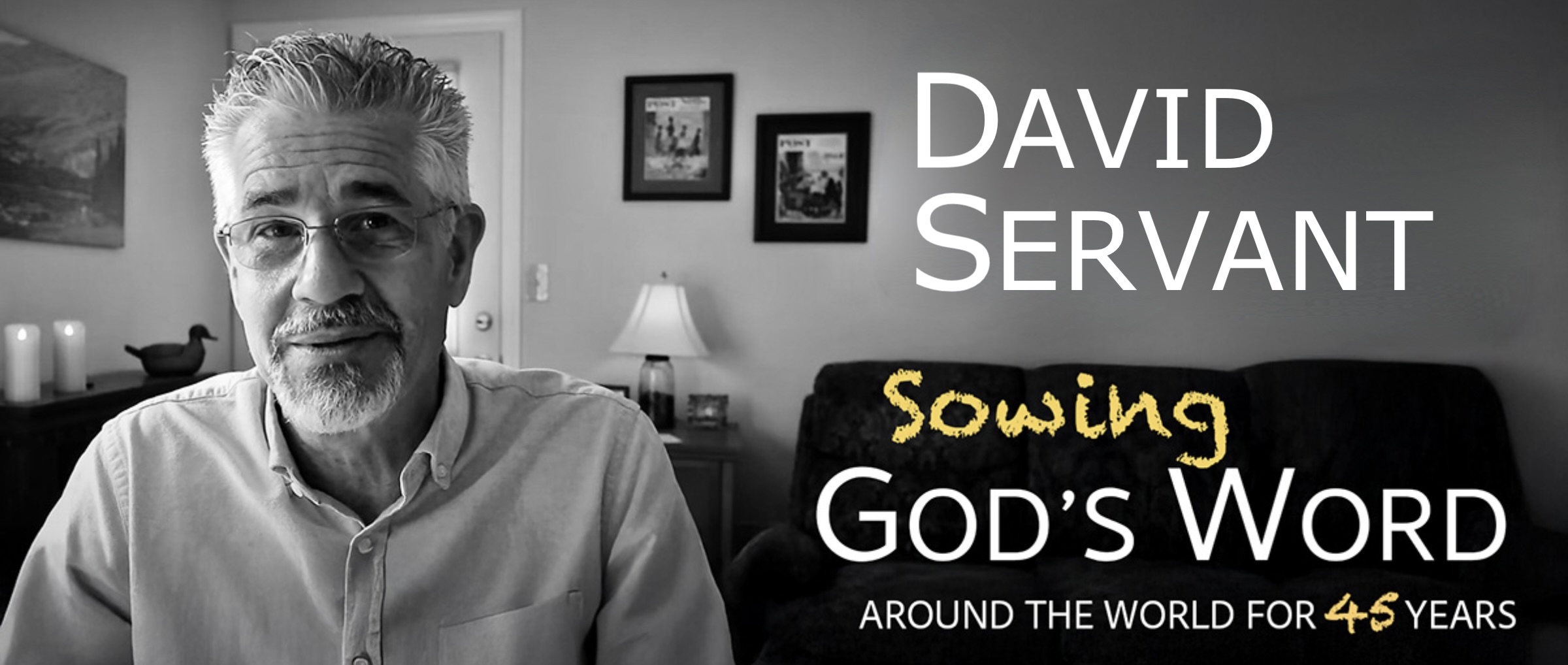It seems that the naked partner of the woman who was caught in the act of adultery “somehow” got away from the scribes and Pharisees. I wonder how? I also wonder what Jesus wrote with his finger in the dust before that crowd of hypocrites. Some speculate that it was the names of the Pharisees’ girlfriends or the women in their fantasies!
Speaking of the fantasies of Pharisees, they were certain that they had laid a trap for Jesus that would force Him to contradict the Mosaic Law, thus proving that He was not from God. Jesus, however, laid a trap within their trap, which exposed their own hypocrisy. And He left all of us with an unforgettable object lesson about guilty people who condemn others. Jesus once said that the sin of lust is equivalent to adultery within one’s heart, and so it is fairly safe to assume that a group of adulterers were condemning a woman for adultery.
Beyond those things, Jesus played the part of God perfectly in this incident (as you might expect). The mercy He showed to the adulterous woman is the same mercy that God shows to all sinners. He does not immediately condemn them for their sin—even though He would have every right to do so. Rather, He mercifully warns them to repent and gives them time to do it. Take note that if that adulterous woman did not heed Jesus’ admonition, He did condemn her when she ultimately stood before Him after her death. His Word promises that no adulterer will inherit God’s kingdom (1 Cor. 6:9-10). That is why He told her, “Go and sin no more.”
Incidentally, what was true in about AD 30 was also true from the time the Mosaic Law was given. Although God’s Law legislated the stoning of adulterers, no adulterers or adulterers-at-heart ever had the right to stone an adulterer. And is it possible that such a brutal means of capital punishment was mandated in the Mosaic Law to reveal God’s repulsion regarding the sin of adultery as well as His love for those whose spouses are unfaithful, and to motivate everyone—those caught and uncaught—to repent?
During the Feast of Tabernacles, which had just ended the day before, four great candelabrum were lit at dusk representing the pillar of fire that led Israel through the wilderness. It was with this backdrop that Jesus declared, “I am the Light of the world; he who follows Me will not walk in the darkness, but will have the Light of life” (8:12). How it must have grieved Him to observe those who were engrossed over some giant candelabrum while He, the Light of the world, stood in their midst. Notice once again His clear universal invitation to salvation.
John wrote that, as Jesus taught in the temple, “many came to believe in Him” (8:30). Jesus then said “to those Jews who had believed Him, ‘If you continue in My word, then you are truly disciples of Mine; and you will know the truth, and the truth will make you free'” (8:31-32). This indicates that, in Jesus’ mind, true believers are disciples, and there are not two separate classes of Christians consisting of believers and more-highly-committed believers called disciples, as is often taught today. If one is a true believer, one is a disciple of Christ. If one is not a disciple of Christ, one is not a true believer in Christ.
Notice also from this same passage that Jesus did not assume that everyone who professed to believe in Him actually did believe in Him. The test was their repentance. If they continued “in His word” they would be progressively set free from sin, and that would prove that they were truly His disciples. By this criteria, it is obvious that many people who profess to believe in Jesus are fooling themselves.
Finally, there is no doubt from today’s reading that Jesus believed He was God’s eternal and divine Son. He said, “Before Abraham was born, I am” (8:58). “I AM” was a name God told Moses to call Him (Ex. 3:14). The Jews recognized this and consequently tried to stone Jesus right then.



